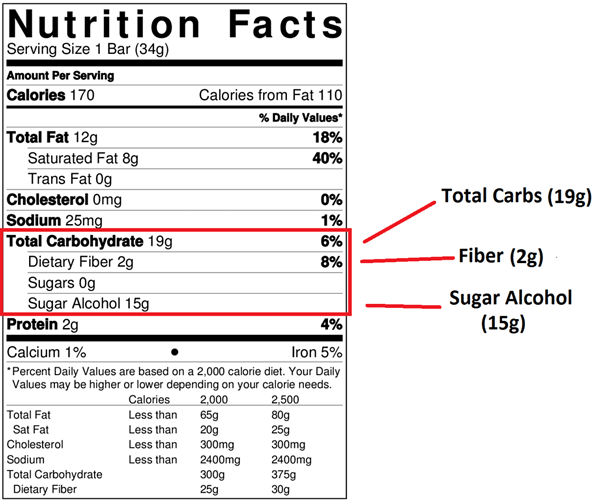So I am overweight, and I have decided to plan out the keto diet for just after Christmas and get my health back up to scratch. I’ve been doing some research, and I’m a bit confused where it has a number of carbs by a food.
For example, it says (copy and pasted) -
Carb counts represent net carbs for a standard serving size of 100 grams for each vegetable (3½ ounces, about the weight of an average tomato).
For example, 100 grams of asparagus contain 2 net carbs while 100 grams of broccoli contain 4 net carbs.
Is there a specific daily intake? Can someone explain this to me a bit? Thanks in advance!

